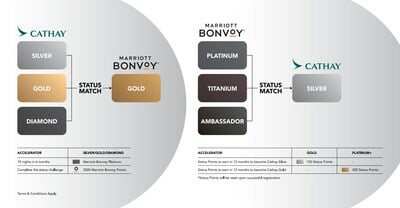PFAS (per- and polyfluoroalkyl substance) is a component of aqueous film-forming foams (AFFF) used in firefighting at airports. The use of AFFF is necessary for firefighting at ọdụ ụgbọelu due to the nature of aircraft fuel fires.
The Hawaii Department of Transportation (HDOT) is taking steps to address PFAS impacted soil in the vicinity of the Kahului Airport (OGG) Aircraft Rescue and Firefighting (ARFF) Training Pit. The steps HDOT is taking include fencing off the area where soil sampling shows PFAS and submission of an interim remedial action plan to the Hawaii Department of Health (HDOH).
While AFFF is no longer released in firefighting training today, it was used in training prior to 2021. ARFF vehicles statewide have been retrofitted to limit the use of AFFF only to fires with or nearby aircraft fuel.
Based on historical use, the Hawaii Department of Transportation began soil sampling for PFAS at six locations. These locations are: 1) the OGG ARFF Training Pit, 2) the former ARFF Training Pit at the Daniel K. Inouye International Airport, 3) the ARFF Training Pit at the Ellison Onizuka International Airport at Keahole, 4 & 5) the former ARFF Training Pits at the Hilo International Airport, and 6) the former ARFF Training Pit at the Lihue Airport. The OGG site sampling detected several PFAS compounds at or above Hawaii Department of Health environmental action levels for regular contact with the soil over many years.
Groundwater beneath the fire training area has also been impacted by PFASs.
The groundwater is not a source of drinking water and does not threaten other drinking water resources on the island. Additional investigation of the groundwater contamination is ongoing.
There are likely thousands of PFAS that are currently present in the United States. Each of these chemicals has different properties and may be used for different purposes or may simply be present as unintended byproducts of certain manufacturing or other processes. The toxicity of the chemicals varies. HDOT will continue to work with HDOH on remedial actions at this site.
More information on PFASs is available at health.hawaii.gov/heer/environmental-health/highlighted-projects/per-and-polyflouroalkl-sbstances-pfass or epa.gov/pfas.























